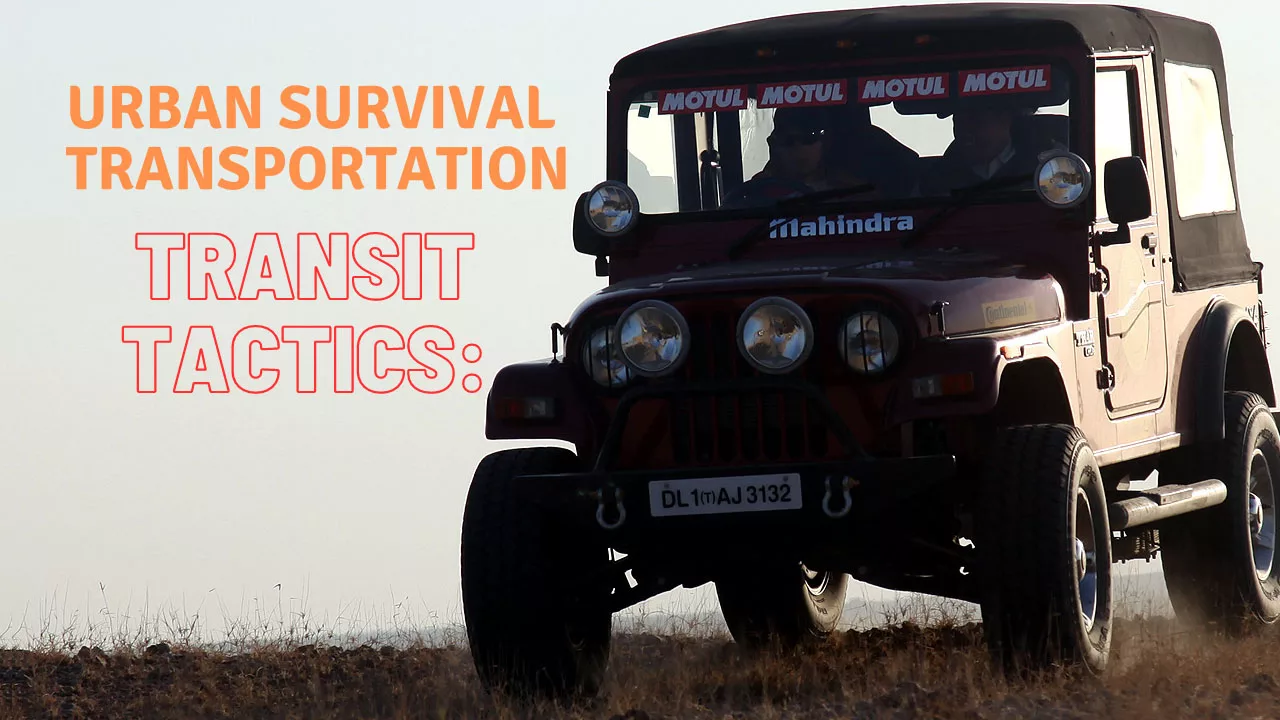Surviving Urban Jungle: Thriving in Indian Cities
Curriculum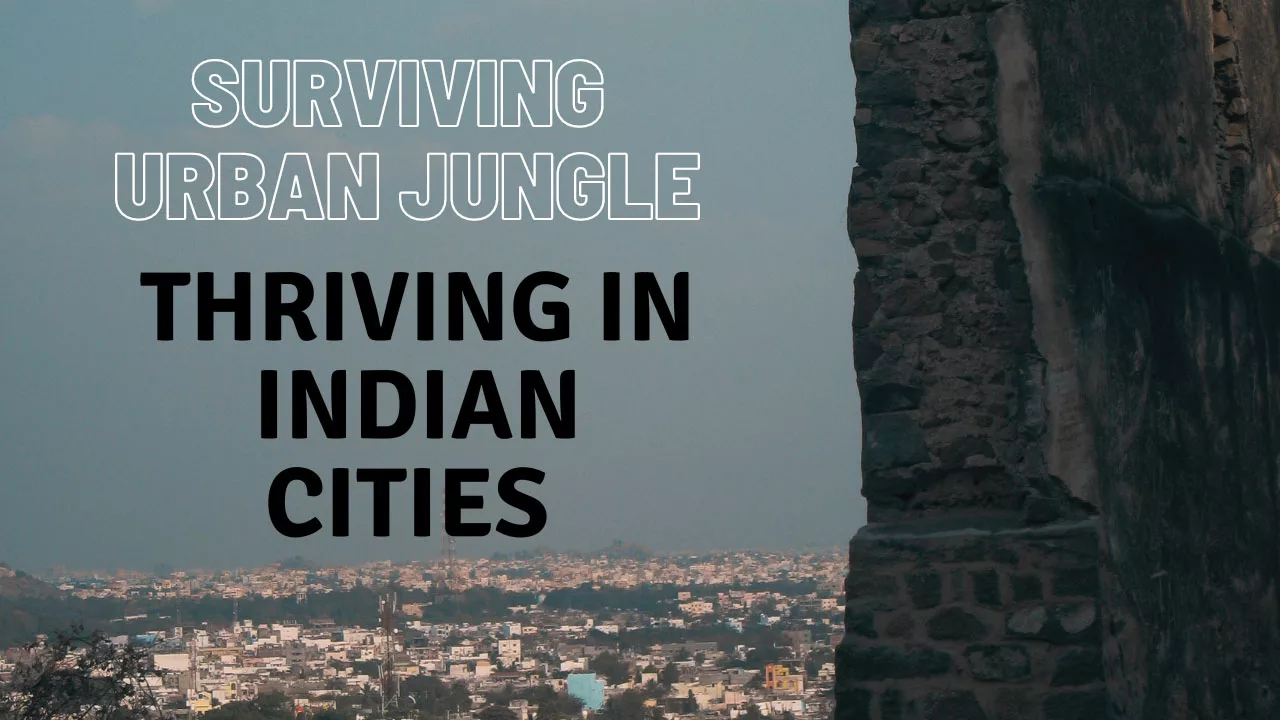
Module 1: Introduction to Urban Survival in Indian Cities
Welcome to Module 1 of the Surviving Urban Jungle: Thriving in Indian Cities course. We will look at the specific problems of Indian cities, the value of situational awareness, and the importance of mental and emotional preparation for urban survival in this module. We will also look at specific occurrences from India to offer context and underline the importance of these themes.
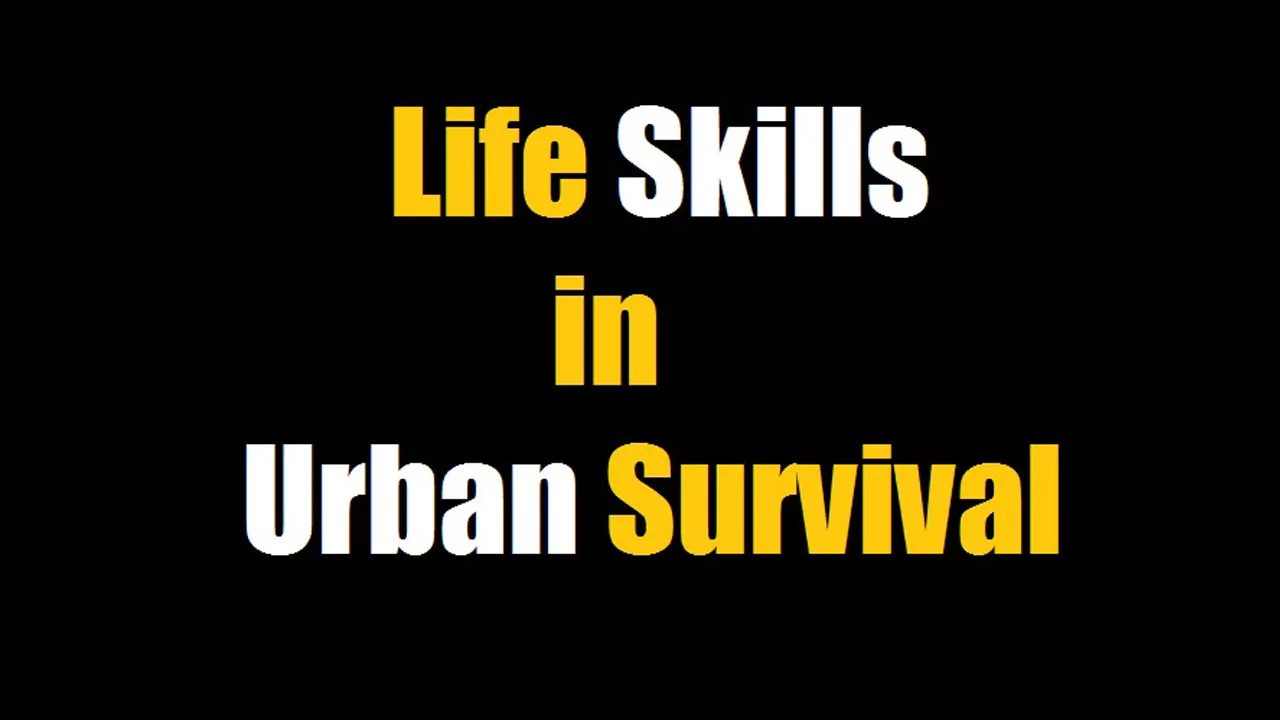
Understanding the Unique Challenges of Indian Cities: Preparation for Urban Survival
Indian cities present a distinctive set of challenges due to their population density, traffic congestion, diverse socio-cultural dynamics, and varying levels of infrastructure. Understanding these challenges is crucial for urban survival. Some specific challenges include:
Overcrowding:
Because Indian cities are frequently heavily inhabited, clogged streets packed public transit systems, and restricted personal space are common. This makes movement, personal safety, and effective decision-making difficult.
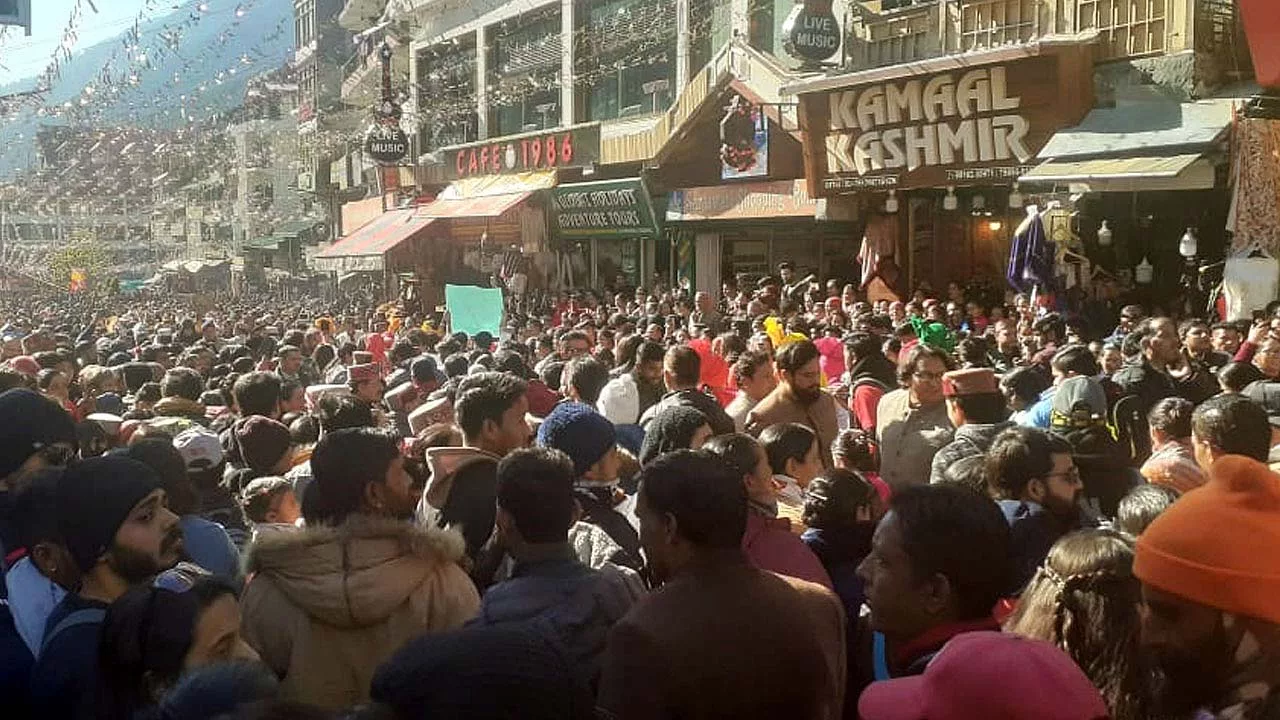
Traffic and Road Safety:
Indian cities are notorious for heavy traffic, chaotic driving, and inadequate road infrastructure. Navigating the streets and ensuring road safety can be demanding tasks.
Pollution and Health Hazards:
Poor waste management, as well as air and noise pollution, can have a significant influence on health and well-being. It is vital to build safeguards against pollution-related health concerns.
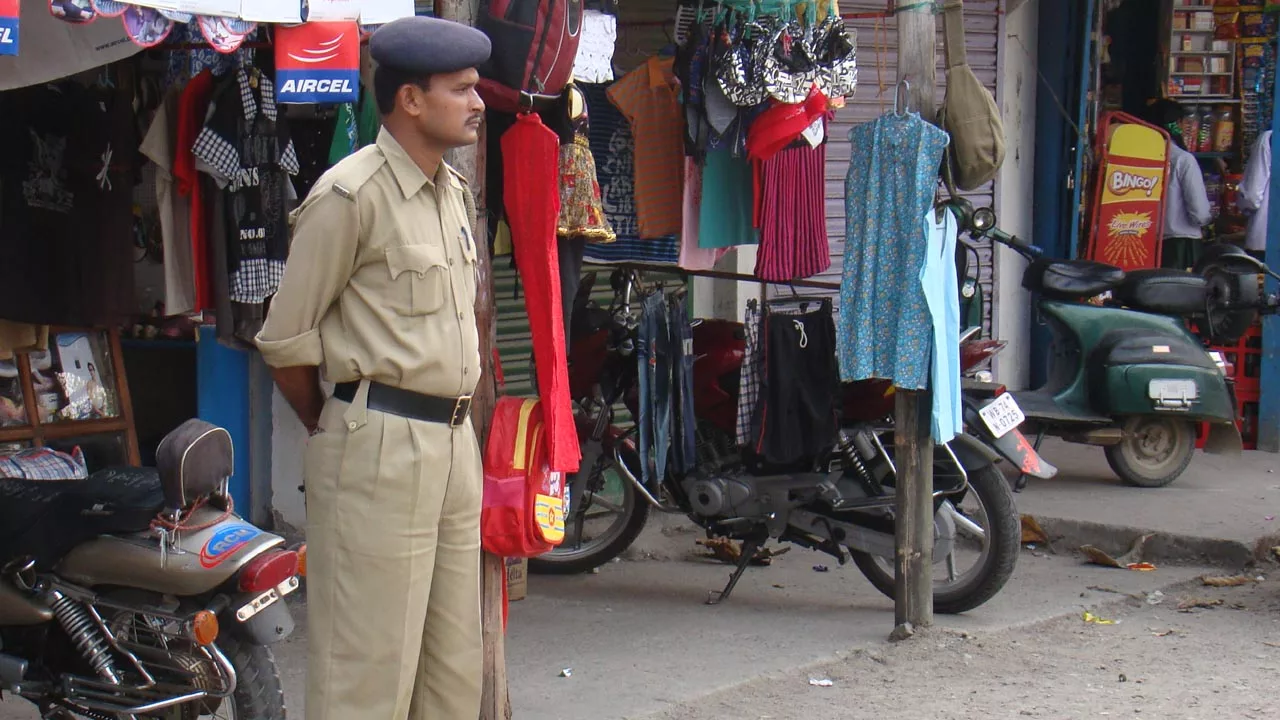
Socio-Cultural Diversity:
Indian cities are characterized by diverse cultures, languages, and traditions. Understanding and respecting these differences contribute to peaceful coexistence and effective communication.
Importance of Situational Awareness:
The capacity to notice and grasp one’s surroundings, predict potential threats, and make informed judgments based on the present environment is referred to as situational awareness. Situational awareness is critical for personal safety in Indian cities, where dynamic and fast-paced situations are widespread. It entails:
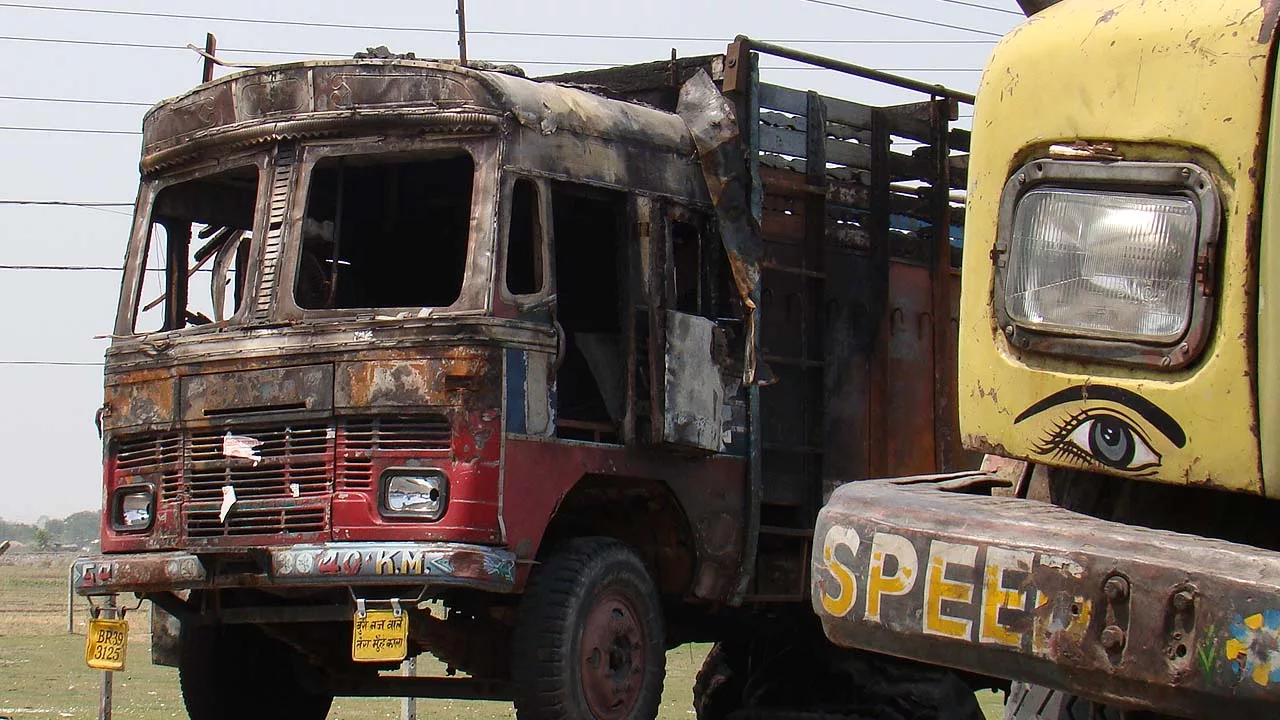
Observing your environment:
Being attentive to people, vehicles, and surroundings can help identify potential threats or hazards.
Assessing risks:
Evaluating the level of risk in different situations, such as crowded areas, dark alleys, or unfamiliar neighborhoods, allows you to make informed choices about your safety.
Identifying exit routes:
Knowing alternative routes and exit points can be invaluable in emergencies, especially during events like stampedes or fires.
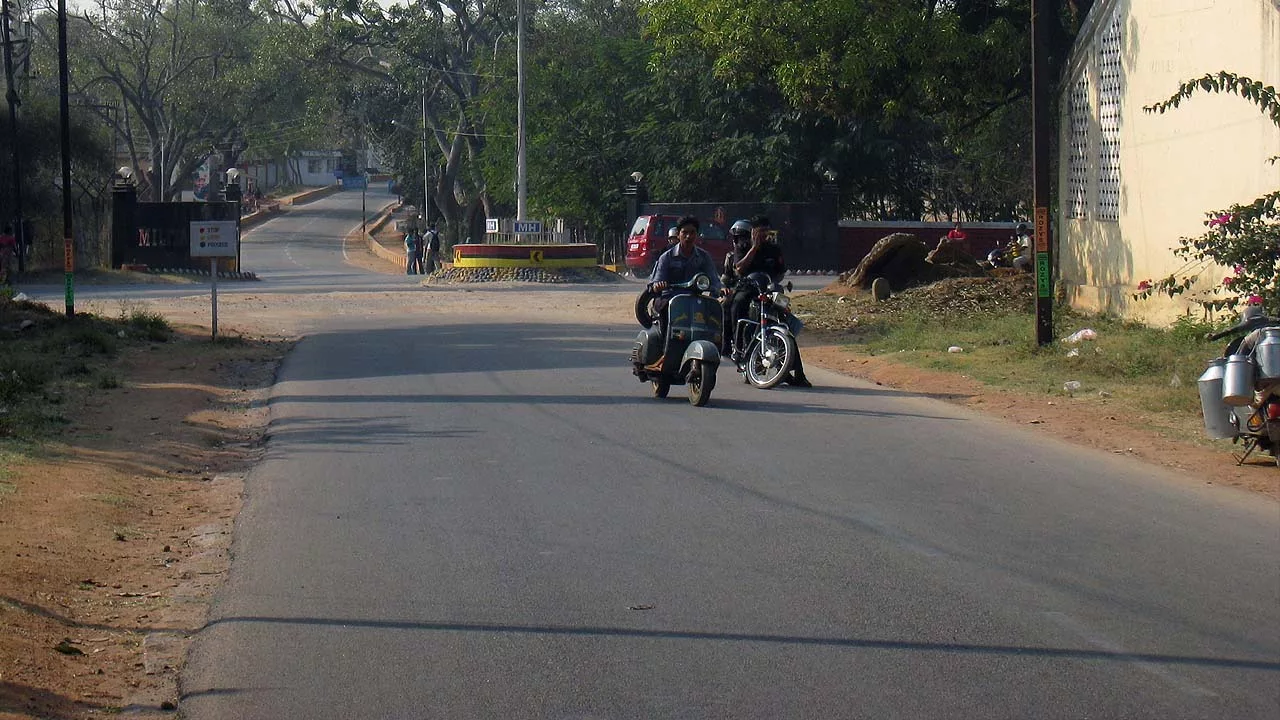
Being mindful of personal belongings:
Indian cities can be susceptible to pickpocketing and theft. Maintaining awareness of your belongings can help prevent such incidents.
Reference:
The stampede at Mumbai’s Elphinstone Road railway station in 2017 serves as a tragic example of the importance of situational awareness. Overcrowding and a sudden panic resulted in the loss of lives. Improved situational awareness and preparedness could have potentially mitigated the impact of this incident.
Mental and Emotional Preparation for Urban Survival:
Surviving in urban environments requires not only physical skills but also mental and emotional strength. Urban settings in India are overwhelming, and being mentally prepared is essential. Key aspects include:
Developing resilience:
Strengthening your ability to cope with stress, uncertainty, and adversity can enhance your overall well-being and decision-making capabilities.
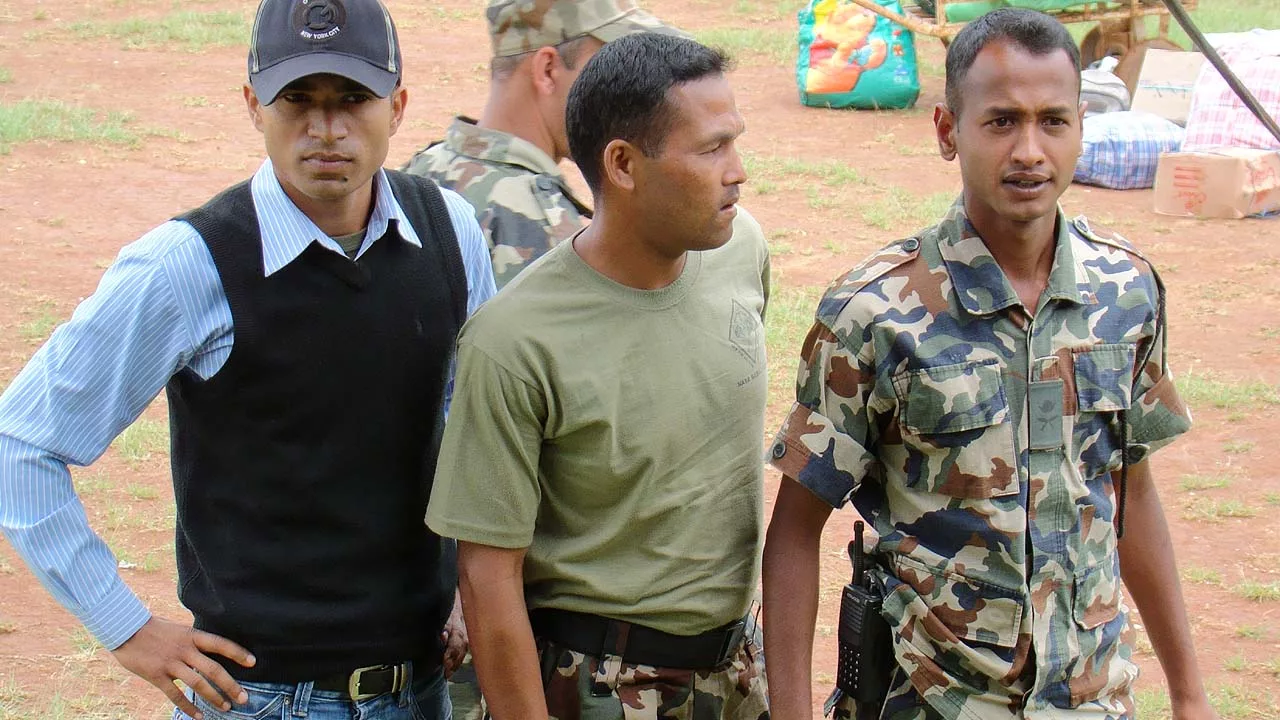
Managing fear and panic:
Understanding how fear and panic can hinder your ability to make rational choices is vital. Techniques such as controlled breathing and positive self-talk can help manage these emotions effectively.
Building confidence:
Developing self-confidence in navigating urban environments and handling challenges empowers you to take proactive measures for personal safety.
Reference:
The 2008 Mumbai attacks, where coordinated terrorist attacks took place across the city, illustrate the importance of mental and emotional preparation. Survivors who remained calm, followed emergency protocols and made rational decisions were better equipped to protect themselves and others during the crisis.
By understanding the unique challenges, practicing situational awareness, and building mental and emotional resilience, you will be better prepared to survive the urban jungle of Indian cities and ensure your safety. In the next module, we will explore strategies for safely using transportation systems in urban environments.
Continue to Module 2: Navigating Transportation Systems
